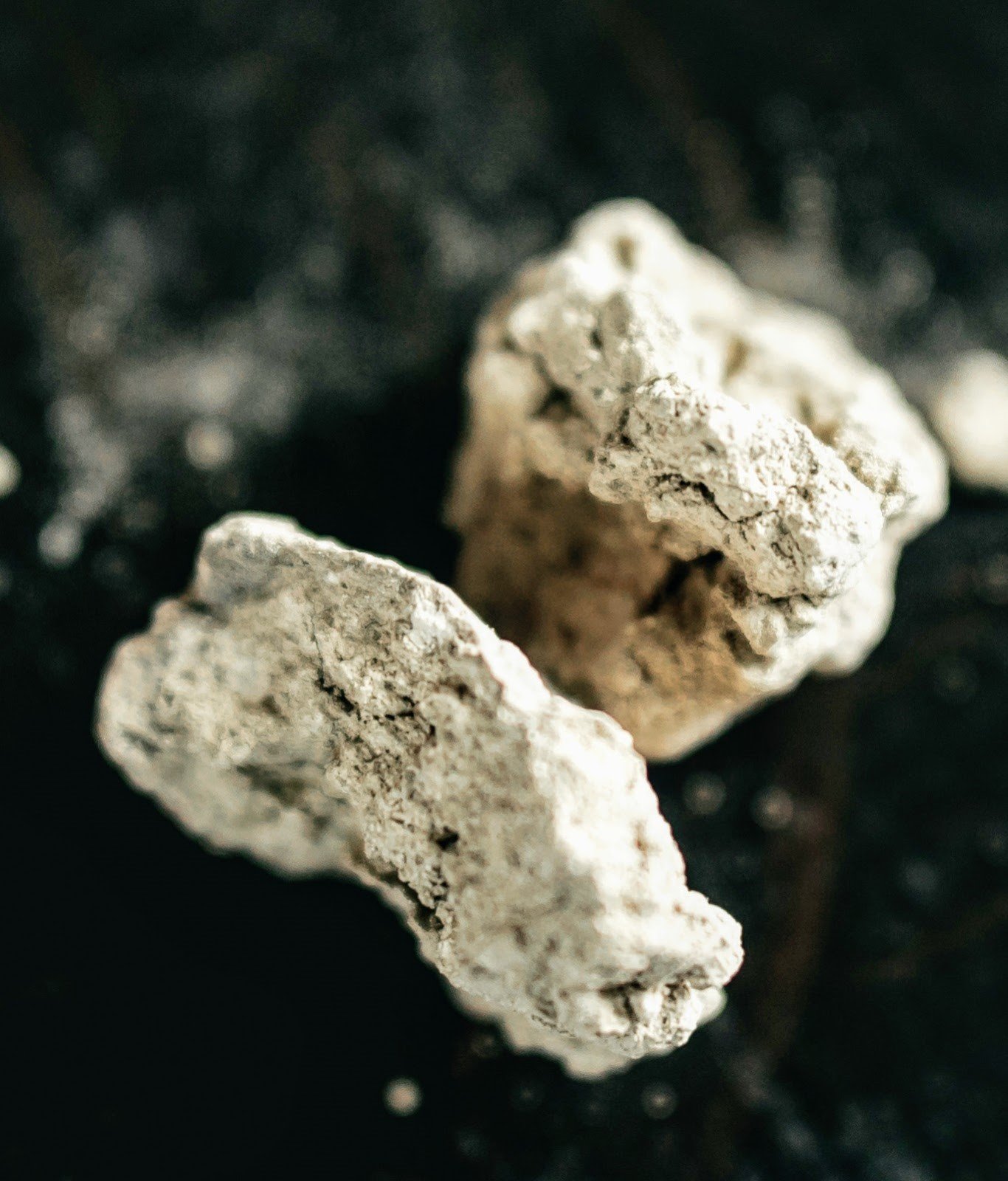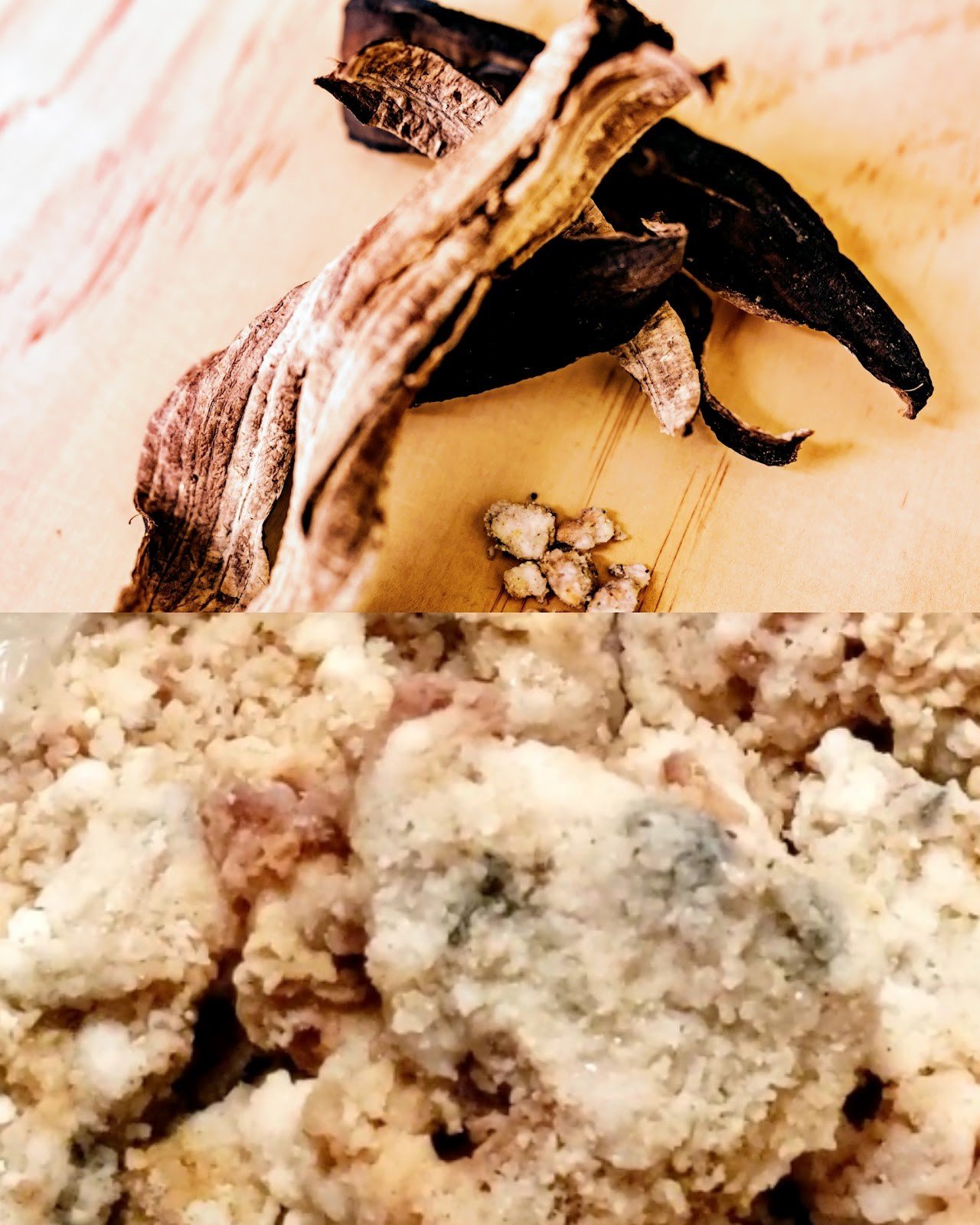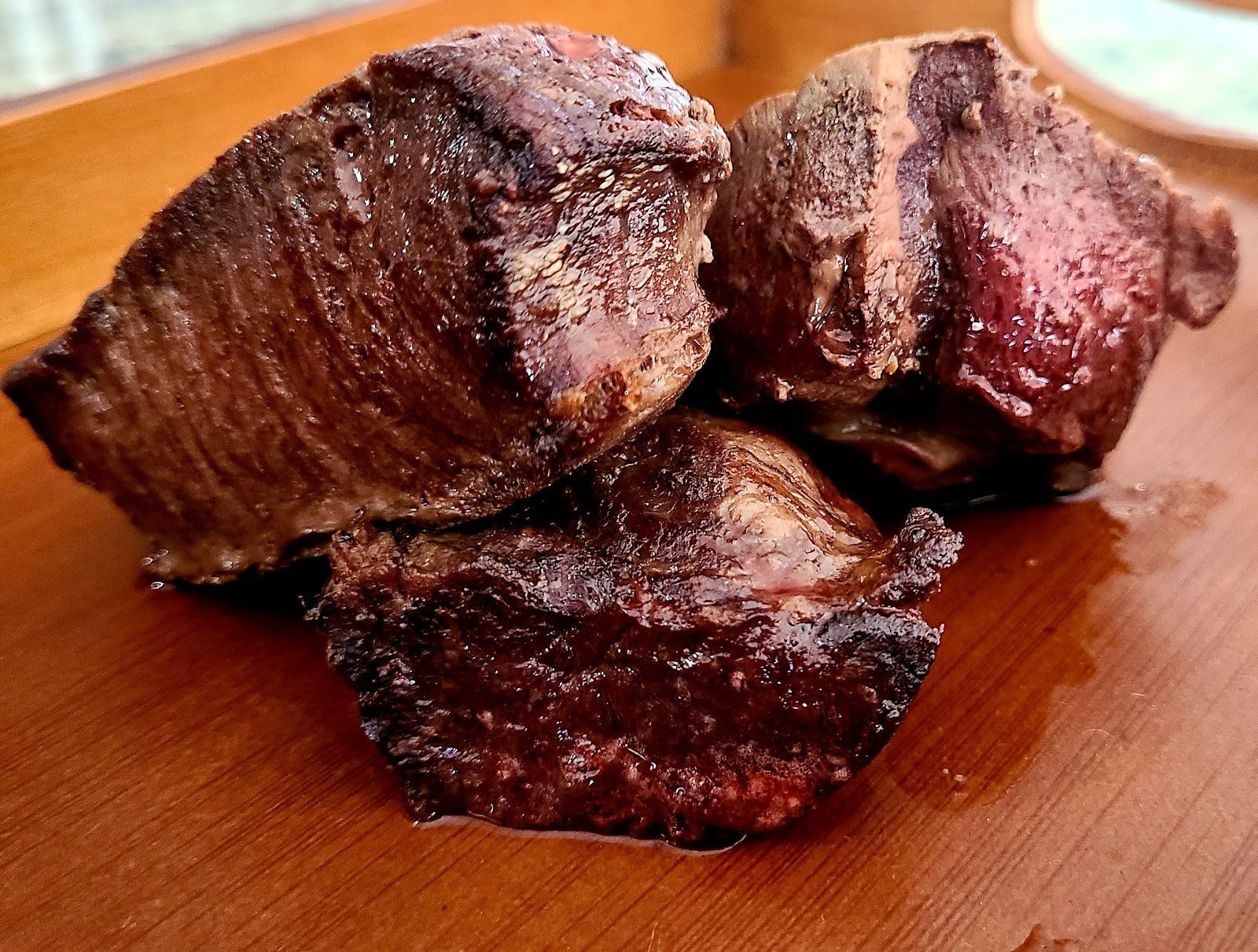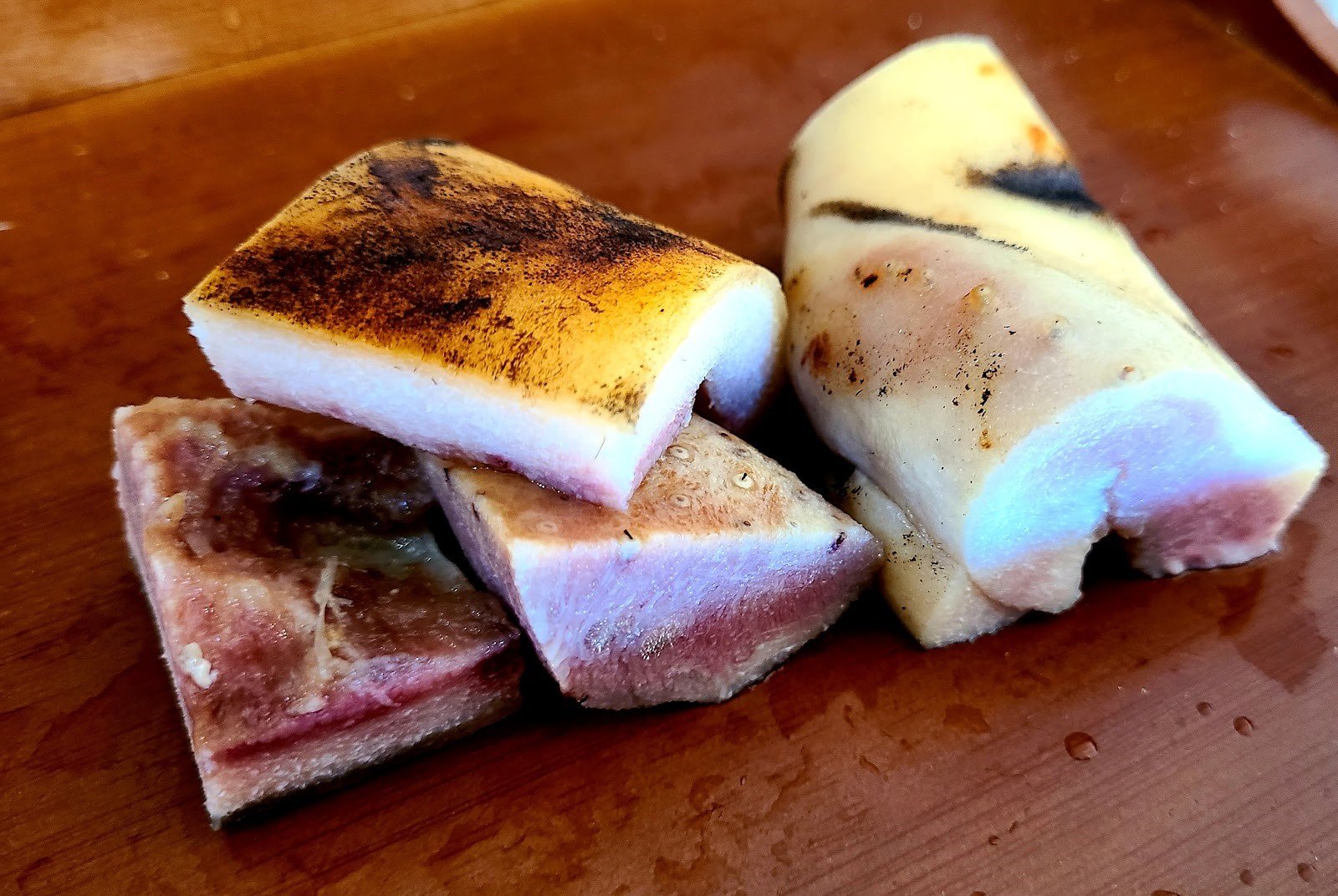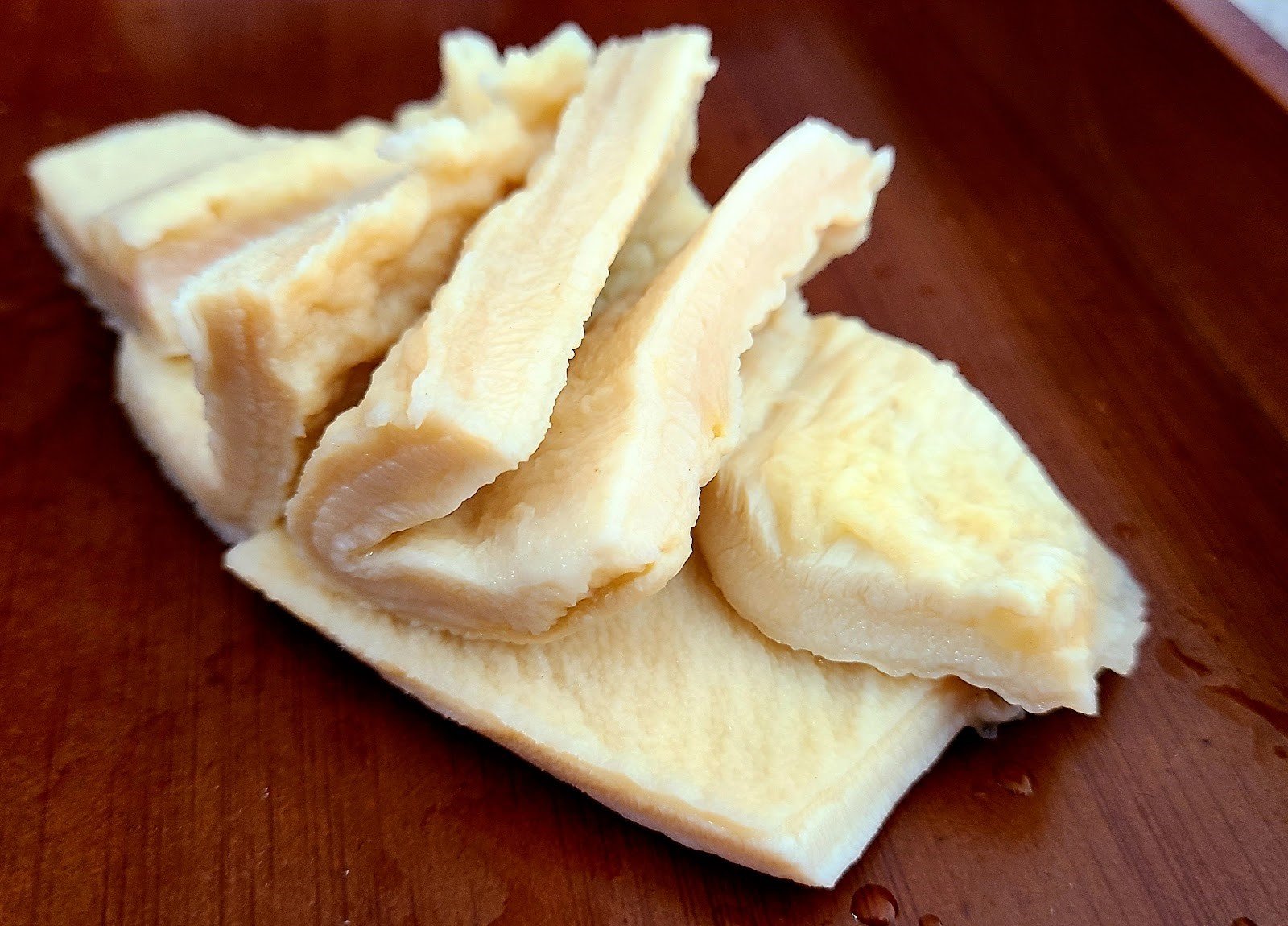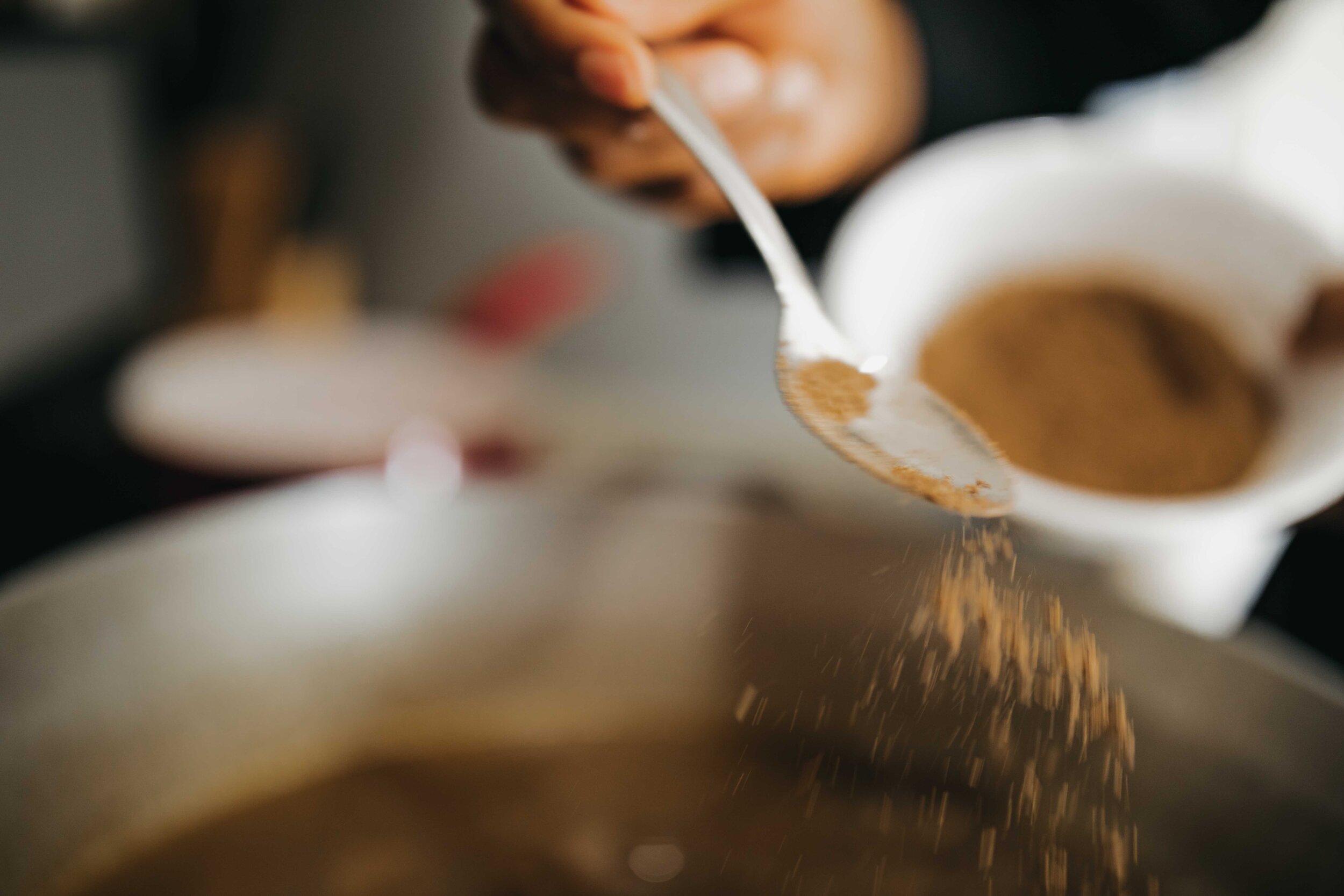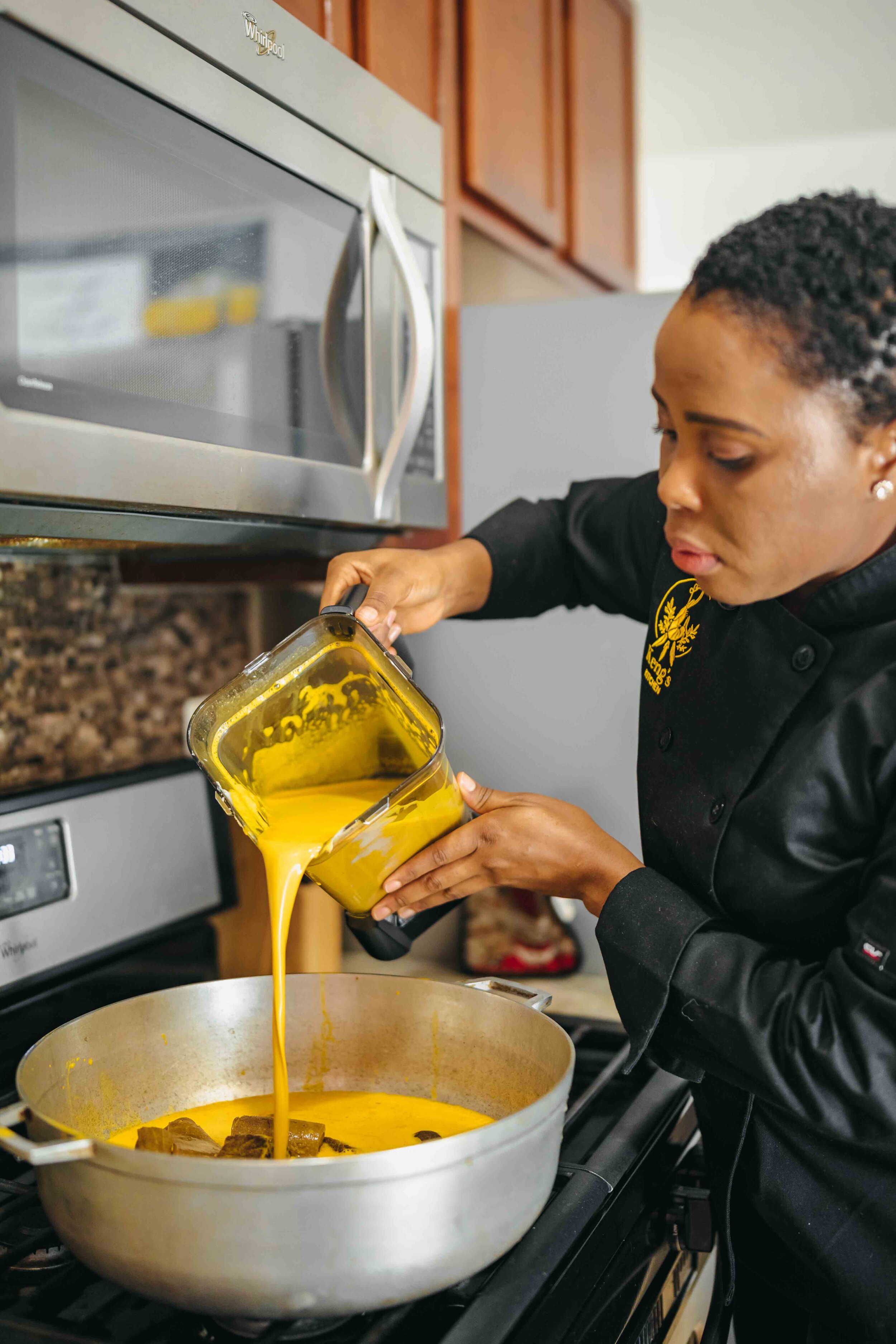The Secret of Achu Soup is the Science of Emulsification
Achu is a Cameroonian traditional dish that is commonly referred to as “One Finger” because it is eaten by using one's index finger for a finger-licking experience. However, behind this experience lies a scientific process called emulsification.
What is Emulsification
Emulsification is the process of forming an emulsion of two substances that will not naturally mix. For example, water and oil are two substances that will not mix and even after vigorously shaking these two liquids, both will gradually separate into two layers. However, through the process of emulsification and in the presence of an emulsifier, water and oil will form a stable mixture called an emulsion. The process of emulsification also applies in the kitchen when a recipe calls for mixing ingredients that would normally not mix. Forming a stable mixture with these ingredients is a vital technique in the final outcome of the dish. One Cameroonian dish with such a recipe is Achu Soup. The recipe for Achu Soup requires the mixing of palm oil and meat broth to form a stable yellow mixture which is a key characteristic of Achu Soup. We already know that oil and water do not mix so how does one achieve the stable yellowish color of Achu Soup with these ingredients? Well, let’s go on a journey to explore the science of emulsification behind Achu Soup.
Immiscible liquids - Palm Oil and Broth
What is an Emulsifier?
We previously learned that in the presence of an emulsifier, oil and water can mix to form a stable mixture. So what is an emulsifier? The dictionary defines an emulsifier as a substance that forms or preserves an emulsion and prevents it from separation. In the culinary industry, an emulsifier is an ingredient that binds water to oil to form an emulsion to keep it stable and prevents it from separating.
How does this Apply to the Achu Soup Recipe?
One key ingredient in the Achu Soup recipe must be an emulsifier. To me this is the most important ingredient of which without it, the Achu Soup becomes a disaster. There are two common types of emulsifiers that one can use when cooking Achu Soup. 1) Kanwa/LimeStone and 2)Plantain Peeling Potash- Locally known in Cameroon as Nikki/Nikkih
What are the Ingredients for Creating the Emulsion when Cooking Achu Soup?
The key ingredients for creating an emulsion when cooking Achu Soup are an emulsifier, palm oil, and meat broth. Let’s focus on the meat broth. Here's why? With Palm oil as one of the main ingredients, other sources of oil come from the type of meat that one uses to make the broth. Understanding the different parts and organs of a cow to use in creating a broth is the vital step in achieving great outcome when cooking Achu Soup. Here’s why. When cooking Achu Soup, it is important to control the amount of oil that goes into the soup. Using fatty meats increases the level of oil in the Achu Soup which can affect the emulsification process. This will create an unstable emulsion. (what we say in pidgin oil stand for Achu Soup). Go for low fat meat and cow organs with low fat. Tripe (locally known as towel or belle for cow), smoked meat, and cow skin are my favorites. Others may choose to add cow feet; if that’s one of your preferences, then cook the cow feet separately and do not use the stock to make the Achu Soup because of its high level of fat.
Technique for Cooking a Perfect Meat Broth for Achu Soup
Wash the meat thoroughly with hot water to remove as much fat and blood. Animal fat and blood has a unique smell that can affect the taste and aroma of your food. Additionally, it can cause the food to get bad easily.
Place the meat into a pot, add water, salt and bouillon and cook until it's done. Make sure you have enough broth left in the pot to use for the Achu Soup
Separate the broth from the meat and place them into the refrigerator overnight for the residual fat to solidify.
Scrape off the solidified fat on the surface broth and use the clean broth to cook the Achu Soup.
Pour the clean broth and the meat into the pot, add the Achu Soup spices and cook until it comes to a boil. Turn off the stove and allow the pot to come to room temperature.
Add the Achu spices into the broth
The Chemistry of Emulsification Behind Achu Soup
The chemistry of emulsification is applied when cooking Achu Soup to form a yellow emulsion of palm oil and the meat broth which is the key characteristic of Achu Soup. To fully understand the depth of this process, we need to first examine the chemical compositions of Kanwa/Limestone and Nikki; the two emulsifier ingredients used in cooking Achu Soup. Kanwa/Limestone and Nikki are alkaline salts made up of carbonates and bicarbonates. Kanwa/Limestone has Sodium Carbonate while Nikki has Potassium Bicarbonate. Sodium Carbonate and Potassium Bicarbonate are alkaline salts with emulsifier properties. The structure of an emulsifier has one part that likes water and another part that likes oil. When kanwa or nikki is added into the palm oil and broth mixture, the next step is to mix vigorously. During the mixing process, the part of the kanwa/Nikki that likes water will join with the broth and the part that likes oil will join with the palm oil to prevent them from separating in the Achu Soup. Palm Oil contains beta-carotene - a red-orange pigment that is the main coloring ingredient to form the yellow color which is a unique characteristic of Achu Soup.
The Science of Emulsification
Now that you have been equipped with this culinary knowledge, I encourage you to apply it when cooking Achu Soup to achieve a perfect outcome so - oil nogo stand on top of your Achu Soup (Cameroon Pidgin). Click on the picture for the Keng's Kitchen Achu Soup recipe with visual step-by-step instructions.


